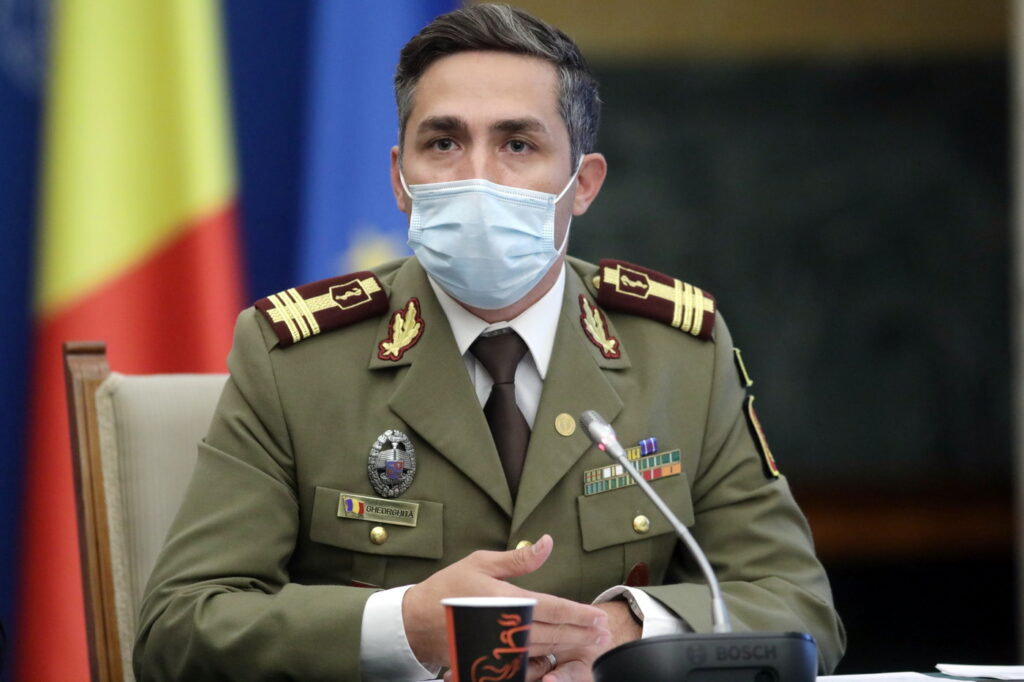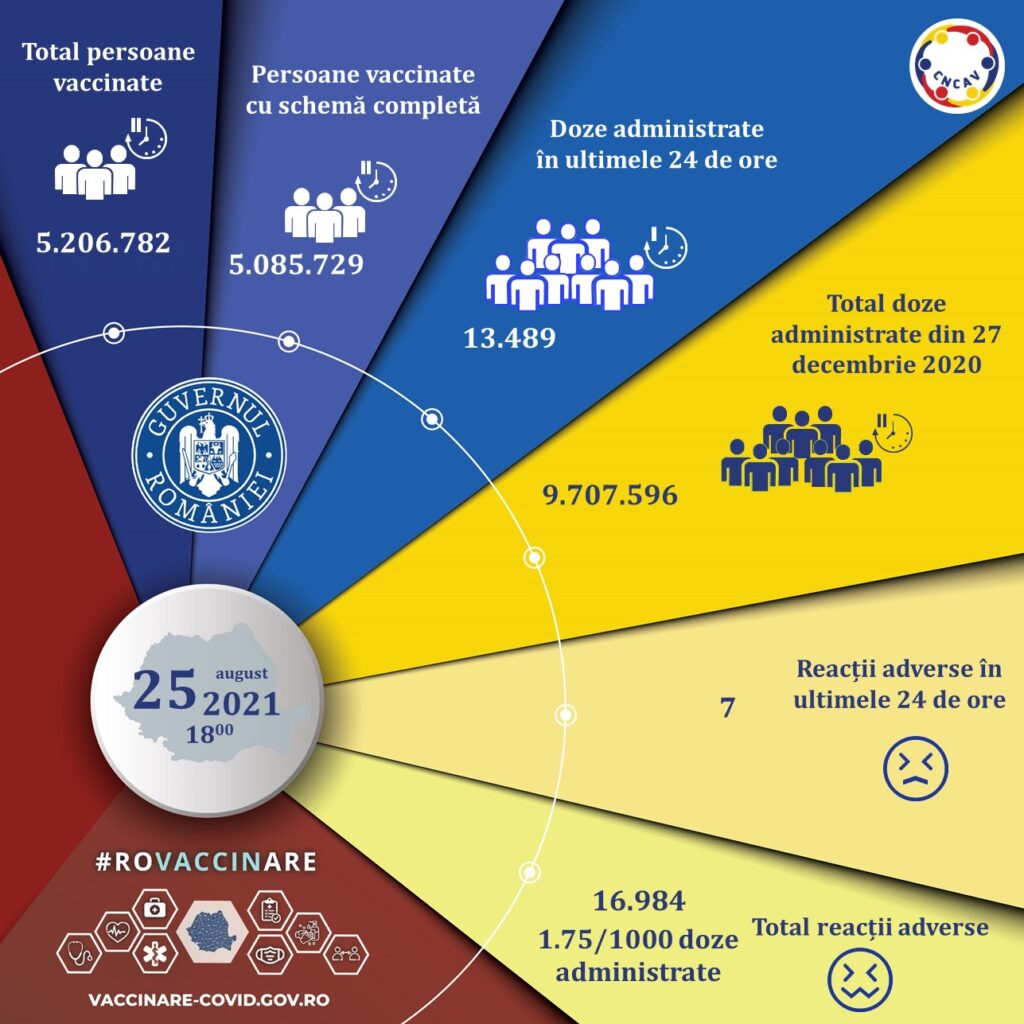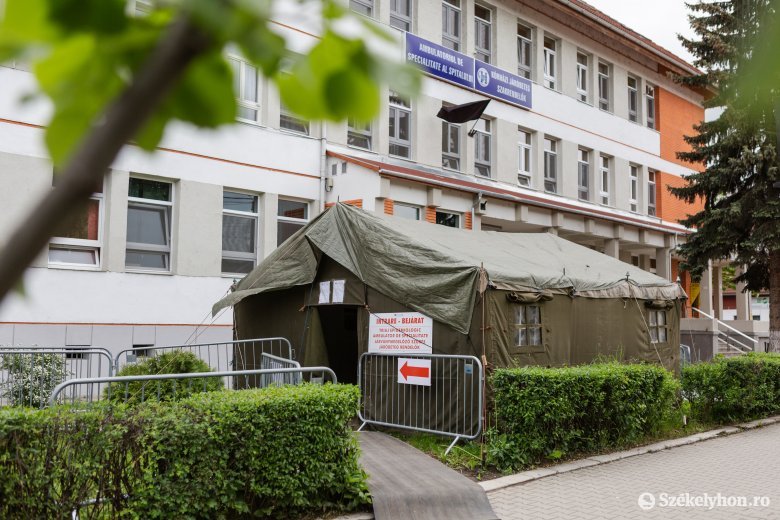The fourth wave of the coronavirus pandemic has started in Romania, which may be dominated by the Delta variant of the disease, Dr. Valeriu Gheorghiță, the president of the national anti-coronavirus campaign coordination committee, announced at a press conference on Tuesday. Gheorghiță based his announcement on the fact that in the most recent period, the number of people infected with the virus increased day by day, Hungarian news portal maszol.ro reports.
Valeriu Gheorghiță explained that during summer, people are more mobile and have more contact with others while they also neglect the safety measures, which may have led to the acceleration in the spread of the pandemic.
He also stressed that the Delta variant of the coronavirus may cause serious illnesses among young people, which had not been an issue until now. Valeriu Gheorghiţă added that in the United States of America, many children under the age of 12 are being hospitalized or treated in intensive care units because of an infection with the Delta variant.

The coordinator of the national campaign also said that children and adolescents have a higher risk for infection than adults because the Delta variant is much more contagious than any other virus variants known before. “Youngsters meet in groups, they have a lot of contact with each other, and naturally they don’t follow the safety measures as strictly as adults. (…) In addition, their immunization rate is lower than the level of adults,” the military doctor explained.
According to the latest report of the National Institute of Public Health (INSP), at the peak of this wave of the coronavirus pandemic, which should hit at the end of September, the number of people treated in hospitals may reach 4,000, Minister of Health, Ioana Mihăilă announced on Tuesday. “This is just an estimate that can change. However, in the worst-case scenario, the number of hospitalized patients may reach 4,000 at the peak of the wave,” the minister explained.
As Valeriu Gheorghiţă said, at a national level, Bucharest and Kolozs (Cluj in Romanian) County has the highest vaccination rate. In the capital, nearly 49 percent of the population over the age of 12 received at least one dose of the vaccine. This rate is 45.2 percent in Kolozs County. According to the military doctor, the vaccination level is higher than the national average of 30 percent in 12 counties, while in 27 counties, it is between 20 and 29.9 percent, and in three counties, it is below 20 percent. Valeriu Gheorghiţă added, since the beginning of the vaccination campaign (December 27, 2020), 5.19 million people have received the first dose of the vaccine, and more than 5 million people have been immunized with both doses.

The vaccination rate of the 12–15 age group is 4 percent, while it is 20 percent for the 16–19 age group. The 60–69 age group has the highest vaccination rate (39 percent), followed by the 50–59 group (37.5), and the 40–49 group (36), Valeriu Gheorghiţă said. He also stressed that the vaccination rate of the population over 80 is only at 19.5 percent, while among these, the number of infections has increased by 130 percent in the last two weeks compared to the previous two weeks.
Valeriu Gheorghiţă also reported that the vaccination campaign in rural areas, covering 97 percent of rural settlements, had been closed in 67 percent of the municipalities. During the campaign, 2.56 million people received the first dose of the vaccine and 1.13 million people received both doses. The military doctor added that vaccinations in 26 percent of the centers have been temporarily suspended, while the opening hours have been reduced from 12 hours to 6 hours. Dr. Valeriu Gheorghiță, the president of the national anti-coronavirus campaign coordination committee, also added that as soon as the infection rate increases, more and more people will visit vaccination centers again, in which case they may return to longer opening hours.
As proof that the fourth wave has started in Romania, the City Hospital of Székelyudvarhely (Odorheiu Secuiesc) announced that starting from August 25, they will operate a pre-screening tent in the yard of the institute.

The medical staff will decide in that tent whether to test or not test new patients. People coming for the ER, referred patients, and visitors will all have to first register in the tent, while patients arriving for outpatient care will also have to report at the entrance of the building to check their body temperature. At special clinics, before an examination, it will be mandatory to complete a pre-screening questionnaire. The hospital also stresses that mask-wearing is mandatory in the territory of the hospital.
Title image: As Valeriu Gheorghiţă said, at a national level, Bucharest and Kolozs (Cluj in Romanian) County have the highest vaccination rates. The rest of the country is not protected against the fourth wave. Photo: Facebook/RO Vaccinare